Top 5 Hardboots for Splitboarding
Hardboot splitboarding has been gaining popularity for sometime now. Although its not for everyone it does have its pros…and its cons. Here are some of our favorite splitboard hardboots designed for people putting in long tours in the mountains.
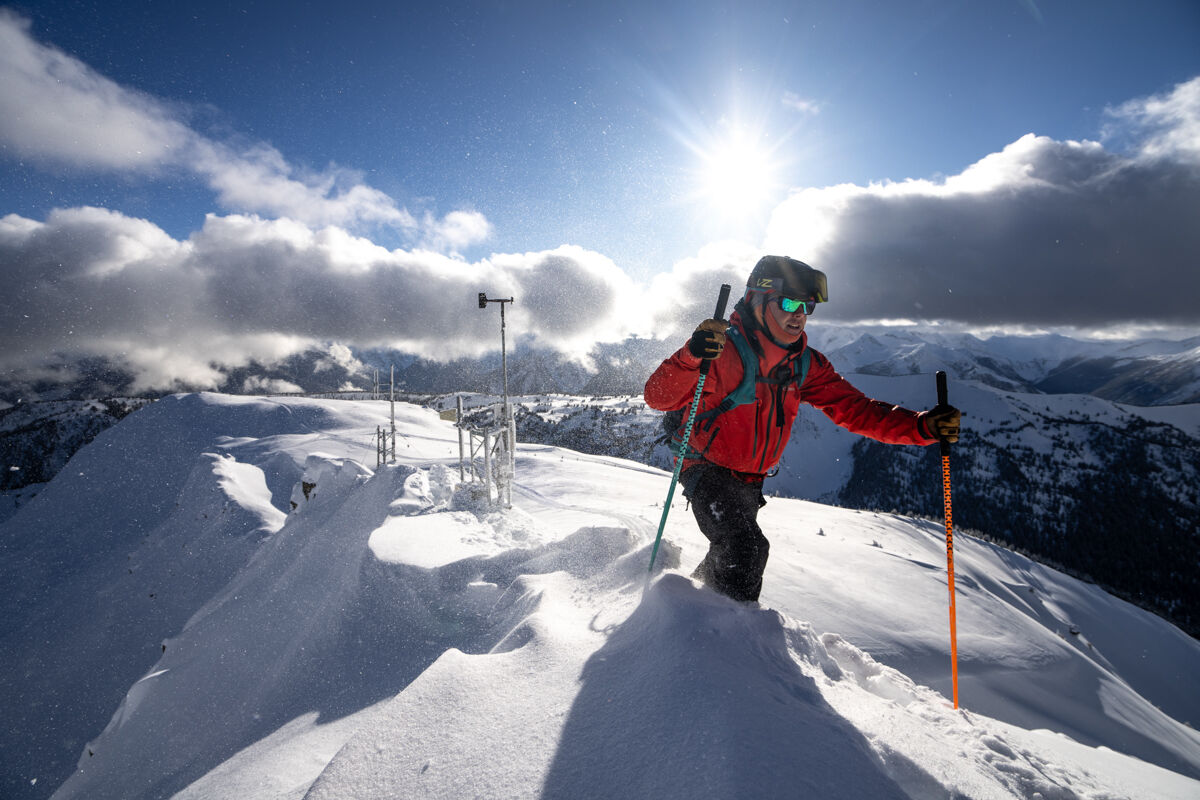
Best Splitboard Hardboots
Dynafit TLT Speedfit
The Speedfits almost seem like Dynafit was trying to create a splitboarding specific AT (Alpine Touring) boot. Only having 2 buckles, an incredibly low weight and being fairly soft and flexy out of the box they are excellent for splitboarding. For riders looking for a little stiffer boot the TLT 7 or 8 likely will be preferable, but if you like a softer more playful flex the Speedfits are the ticket. Requiring close to no modifications to make them feel awesome and surfy, the dialing in period of these boots is very fast.
While being very light makes for a super low weight setup, it also can make for chilly feet due to the thin shell and low profile stock liners; I put a pair of Intuition Pro Tour liners in mine and no issues. Dynafit is known for having quite narrow fitting speed touring boots, so if you have big wide feet like me you’ll have to do a bit of bootfitting to keep your feet happy. Overall they’re great boots and don’t cost a million dollars, I highly recommend.
Price: $699.95
Dynafit TLT8
When I first made the jump to hardboots, I jumped into the Dynafit TLT5’s ski touring boot. They’re comfortable, light but sturdy. And even more the TLT line is the most-purchased boot for hardboot splitboarding given all the tutorials on mods you can do in the boots. Then I jumped up to the TLT8’s, given the fact that they’re lighter, have clips a bit more reminiscent of snowboard straps, but incorporate the same design and unbeatable treads.
It has the stiffness and performance I loved in the TLT5, but with updated buckles and lighter weight, as well as increased warmth. While some people like a lighter hardboot, I’ve found the TLT’s break in just fine. Just block the boot from transitioning out of walk mode and you’ve got a killer snowboard boot.
Price: $849.95

Atomic Backlands
The boot the splitboard hardboot the Phantom slipper emulated. Can get a link lever kit from Phantom to mod it to be more snowboardery. Comes with built in power strap and offers great uphill performance.
Price: $799.95
-

 Amazon USUsed $17.11$17.11Buy Now
Amazon USUsed $17.11$17.11Buy NowAmazon.com Price: $17.11 (as of 11/17/2025 20:17 MST) Details
Product prices and availability are accurate as of the date/time indicated and are subject to change. Any price and availability information displayed on Amazon.com at the time of purchase will apply to the purchase of this product.
-
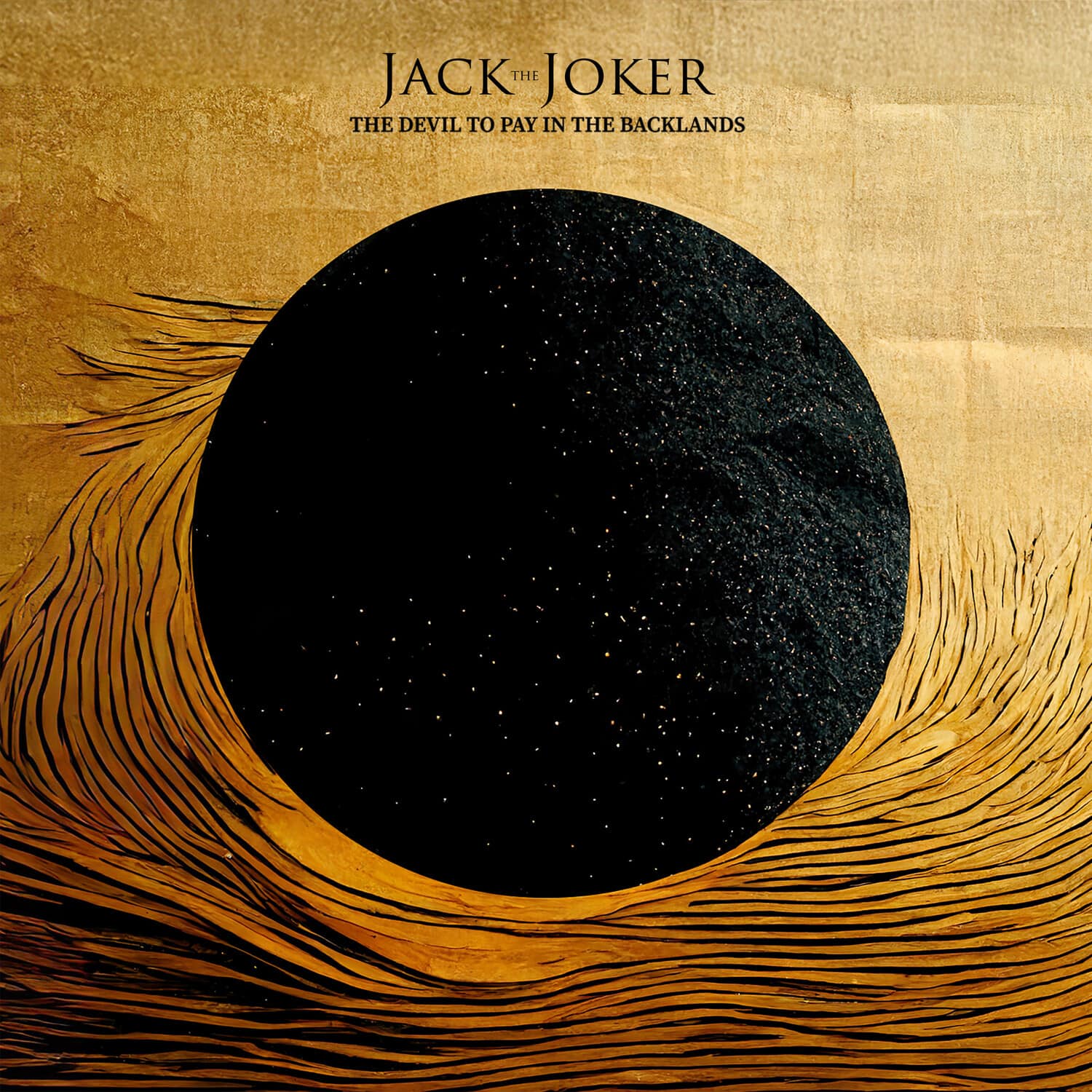
 Best Buy$18.21Buy Now
Best Buy$18.21Buy Now -
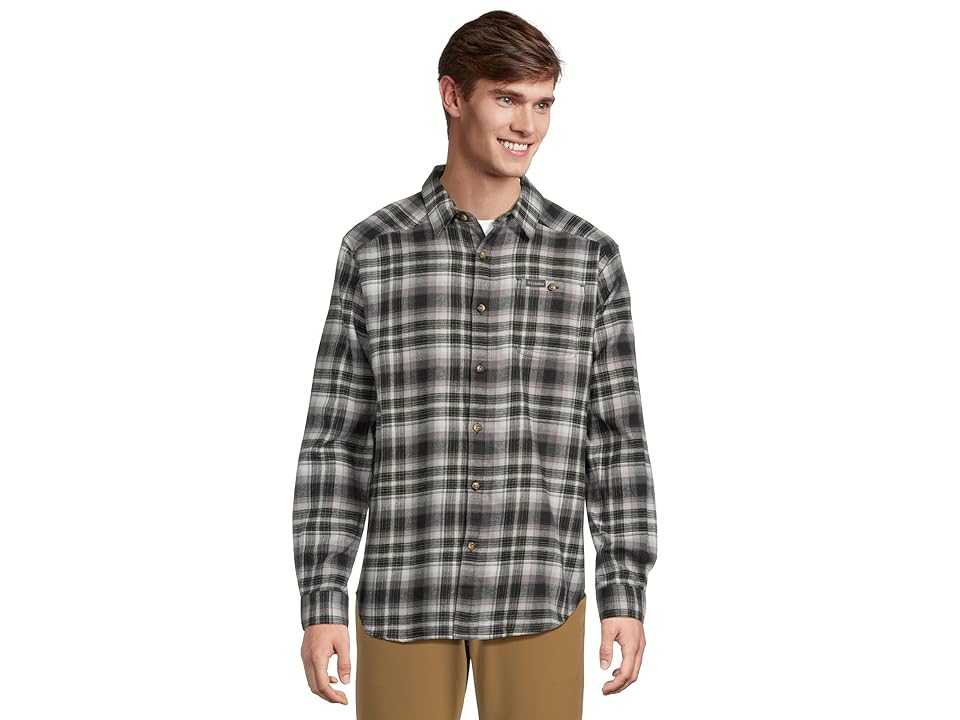
 Zappos.com$45.00Buy Now
Zappos.com$45.00Buy Now -
 Cabela's
Cabela's$104.95$55.77Buy Now -
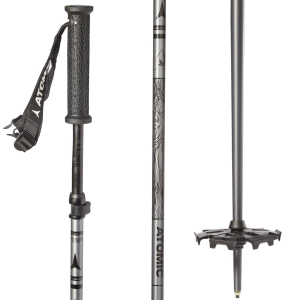
 evo$130.00Buy Now
evo$130.00Buy Now -
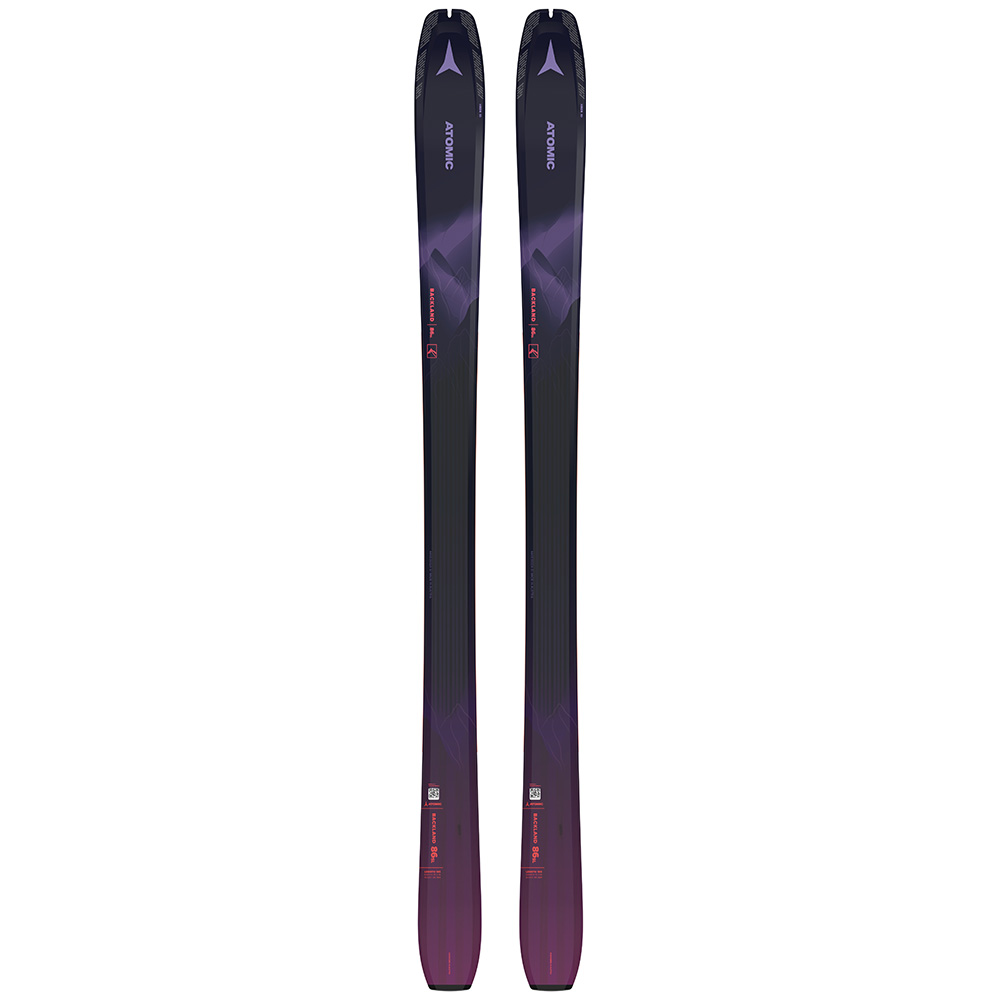
 The House
The House$800.00$320.00Buy Now -

 Gravity Coalition
Gravity Coalition$899.95$489.97Buy Now -
 REI$789.95Buy Now
REI$789.95Buy Now -
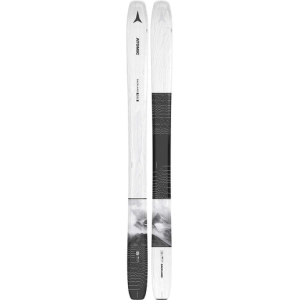
 PRFO Sports$ 999.99 (CAD)Buy Now
PRFO Sports$ 999.99 (CAD)Buy Now
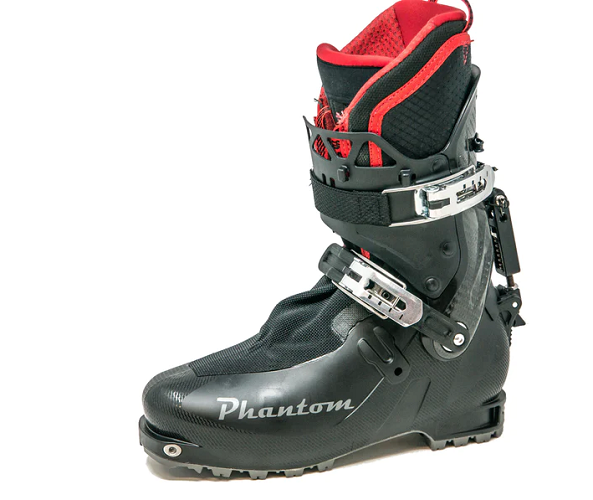
Phantom Slipper
This one is cool…the very first ever AT boot specifically built for splitboarders. No modifications required. All those things the AT boot crowd have been doing to their boots for years, filing down blocks, re-drilling holes, cutting out chunks of cuff etc.. all gone. These boots were built to have all the pros of using an AT boot and none of the cons of having to mod them.
They use the Phantom LinkLever system which allows you to adjust the stiffness of the boot, and also the forward flex so you can customize the boot to your riding style. The buckle traditionally found on the toe-ish area of an AT boot has been moved to the ankle, keeping your foot in place more effectively and making for better performance while snowboarding. They have heel and toe welts so you can use full auto crampons with them, the shells and liners are heat moldable to maximize the comfiness. Basically they took all the best parts of the Atomic Backlands boot, (another great AT snowboard boot, but requires several mods) removed the skier stuff and made it into a kickass snowboard boot.
Price: $799.95
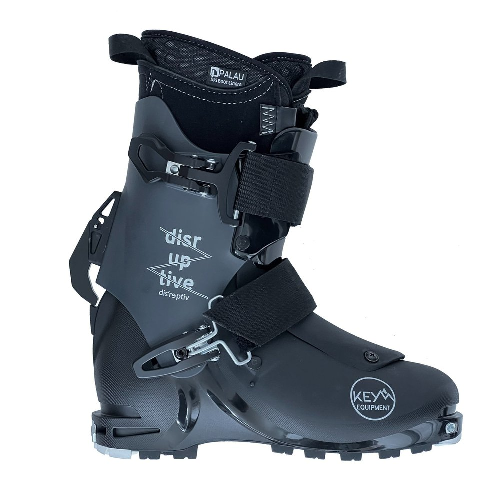
Key Equipment Disruptive Boot
This one is cool. An intentionally designed hard snowboard boot. The Key Equipment Disruptive Boot. It’s a low weight hardshell splitboard boot. Specifically designed for snowboarding. Looks like a lot of elements of other great split boots were combined. It’s a company based out of France. I honestly can’t say much as I haven’t tried them but they look awesome! Minimal weight, no mods needed.
Price: $646
With a splitboard hardboot setup say goodbye to blown ratchets, snapped ladder straps and clunky inefficiency of having soft boot bindings banging around as you tour uphill. I was tired of the weight, inadequacy and sloppiness of a soft boot touring setup. Working as a splitboard guide I was disgruntled with the setup, switchovers took too long, kicking steps hurt my delicate toes, and my skiing guests always being clicked in and ready to go while I fumbled with traditional bindings pushed me over the edge.

Hardboot Splitboarding Setup
I decided to start splitboarding with hardboots and took the plunge buying a pair of Dynafit Neo AT Boots, the TLT’s commonly considered as the top splitboard boots were just too damn narrow for my landbeast feet. The next step was the Spark R&D Dynafit Adapter Plates, the thingers you need to attach Dynafit Toe Pieces and your heel risers to a splitboard. Then came the bindings, being a broke ski guide, the Phantoms, while considered the apex of hardboot split technology, were too much money for me, leaving one option. The Spark R&D Dyno DH Bindings were affordable and lightweight. The final step was ordering Spark R&D Canted Pucks so my ankles wouldn’t snap off, hardboots are….hard, so a couple of degrees of canting was rather pleasant.
800$ ski boots are shiny…shiny and new. But they suck at snowboarding. To fix this issue I took desperate measures. One blowtorch, one file, one Exacto Knife and one Dremel tool. The locked-in ski mode was too tight, not enough movement forward and backwards to feel like decent snowboard boots. So the Dremel tool and file came in, cutting out the opening in the heel block to be wide open, giving me plenty of movement.
Next step was lateral movement…side to side wobble for the layman. The boots were too stiff sideways, so the blowtorch and exacto knife were used to cut out chunks of the upper cuff…
Mods completed, several boot punches finished to allow my giant wide feet to remain in the boots without wishing for death after a day, the setup was ready. First thoughts, wow! The transitions were fast, like crazy fast. Energy transfer, carving and riding in tight trees was incredible, every movement was instantaneously transferred into the board. Downsides? Well, you are wearing ski boots…so that sucks. And tight plastic wrapped around your footies is decidedly awful when its cold, intuition liners help with that problem. But the snowboarding is incredible. The downhill split skiing is also massively better, makes you think you can almost actually ski. And your feet stay dry all day, unless you have really gross sweaty feet.
Moral of the story? If you slackcountry tour the hardboot setup isn’t for you, stick with the comfy softboots. If you tour a lot however, the hardboot setup is amazing. Lighter, more efficient pivot point for your foot, better edge control. Your snowboarder friends will think you’re weird, your skier friends will think you’re weird. If you can handle the ambiguous nature of being a ski boot wearing, pole using splitboarder, splitboard hardboots are amazing!
Benefits of Using Splitboard Hardboots
The upsides are you don’t have to deal with janky plastic ladder straps that snap when it’s chilly and cold war era ratchet technology. You have bindings that are MUCH more efficient with fewer moving parts. Your boots are tech toe compatible meaning touring is WAY more efficient than on a softboot setup. Your lateral stiffness (side to side wiggle) is superior, meaning on an icy skin track or bullet proof windslab you can more easily get some edge in.
Transition time is massively decreased and your uphill setup weighs less. The AT hardboot itself makes energy transfer so damn fast, you can basically go at lightspeed through the trees; dodge, duck, dip, dive and dodge!
Benefits of Using Traditional Snowboard Boots
Softboots are oh so comfy. So surfy. Offer a better range of motion and ride feel. Softboot bindings are slowly advancing. Spark. Karakoram, and Voile, known for their splitboard bindings are finding some competitors such as the Union splitboard bindings. Pros for softboots are the comfort, warmth, and playful feel. Deeluxe makes several excellent split specific boots, as does Thirtytwo. Transition time may be a touch slower, edge control is definitely decreased. Uphill efficiency is significantly less than a hardboot setup, as the pivot point of the foot and the weight is less…good.
My favorite part of soft boots is the downhill performance, although I’ve been cat and heli guiding on a hardboot setup for the past 6 years.
Splitboard Hardboot Sizing
Tracking down a softboot is easy, cause, you know…go to a snowboard shop. Want a hardboot? You may have to go to shops that sell skis. Make sure they understand it’s gonna be a boot for snowboarding. Go a full size too big. I’m a 26.5 mondo and I buy 27.5. They’ll try to convince you otherwise…they always do.
Now the juicy bits, what boot do you buy? Foot size and width dictate a bit of what works here, but here’s some non intentional snowboard or intentional snowboard boots (Hardboots…AT Boots)
Additional Splitboard Hardboots to Consider
What matters is minimal buckles, easy flex and a relatively simple way to modify the ski mode so its got some play.
Remember, snowboarding is fun. Make sure you’re having some. Whatever boot and binding you run, if you’re stoked you’re using the right setup. If you have been wondering what the best hardboots for splitboarding are, we hope this roundup points you in the rite direction.
Who would have ever thought we would be using skiing boots for snowboarding? Are there any boots we missed?

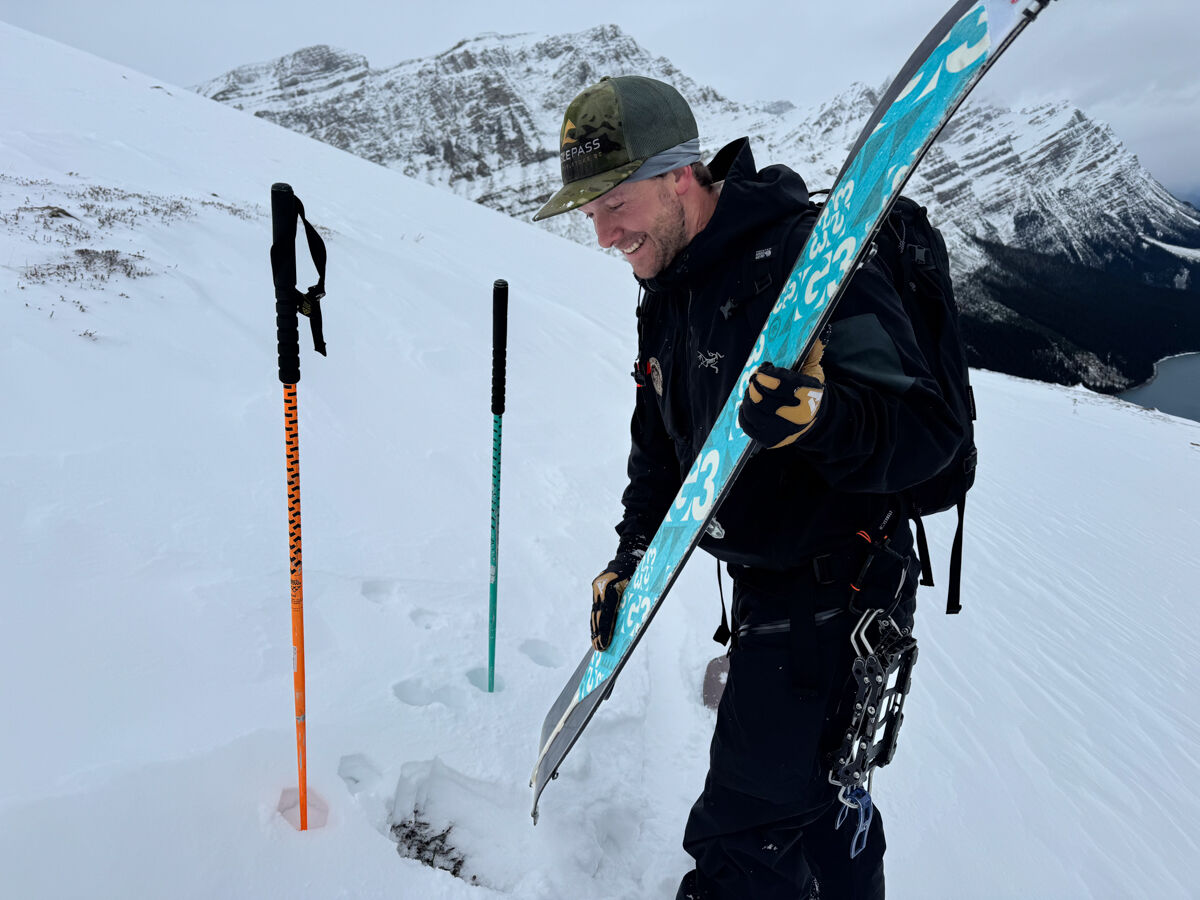
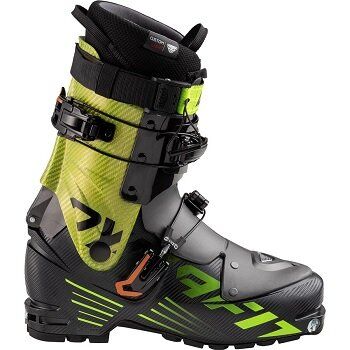
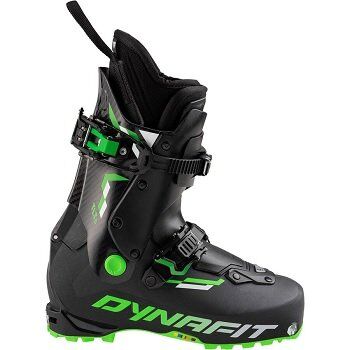
))/4205943.json?%24BPSMkt_ProductFeeds%24&extend=380,380,380,380)


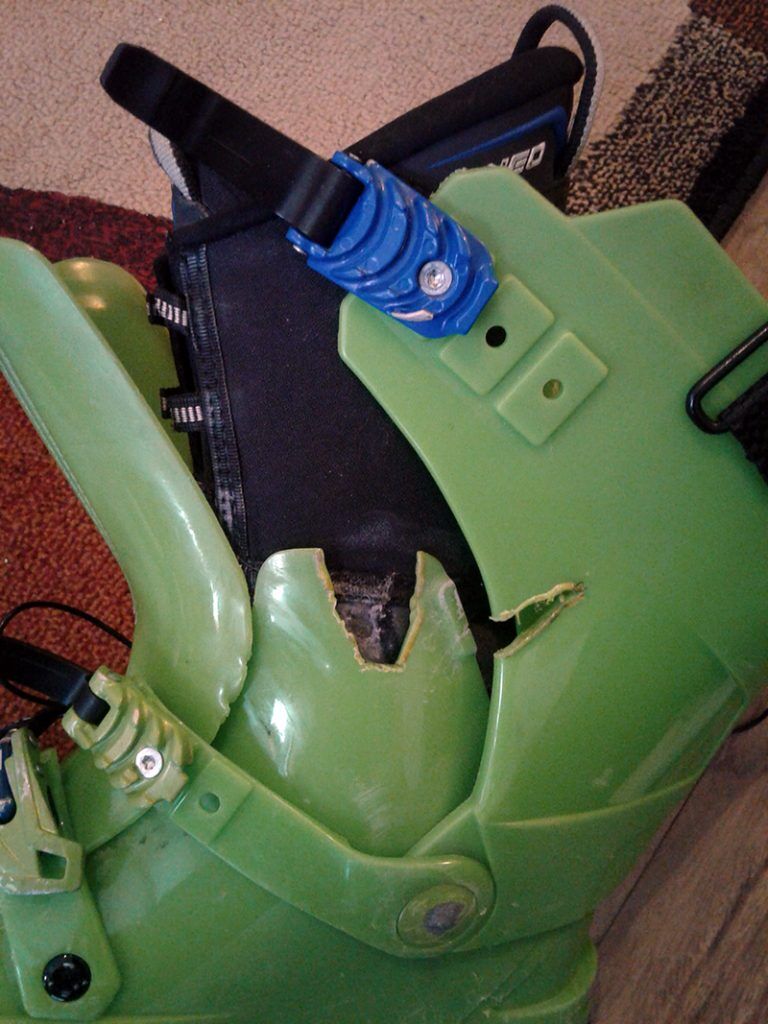
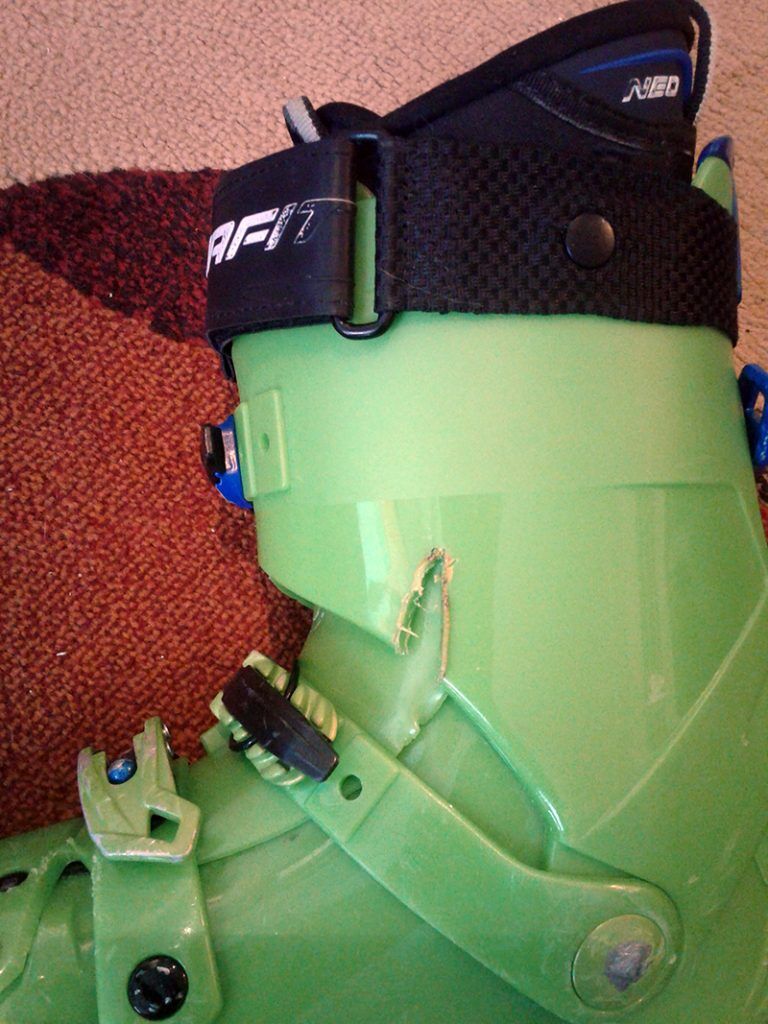
Most of the split guides I know of in CO and WA all use phantom slippers. As well as serious chargers like Kris Kopala. I also agree with calvin, your snarky editors note just makes it sound like you’ve got an axe to grind with John.
I demo’d some last year, and it’s really a slick, well built setup. Really improves the tour and while the ride down takes time to get used to, the responsiveness is out of this world
Key equipment now comes with a dedicated hardboot design for splitboard. Have a look.
There are a lot of European brands doing cool things but I don’t know how many of them have US distribution.
When using the La sportive mountaineering boot Do you stay with a soft boot binding I was thinking about using my La Sportivas also due to quick conversion to crampons
I used a softboot binding. You’ll probably have a little toe drag if you have size 11 feet or bigger but you also maximize that surfy feel, and again don’t have to buy a completely new setup. It was my transition from soft to hard boot for big expeditions.
Hi Antwan, does UPZ make splitboard AT boots? On their site I only see Racing boots, which would make Phantom the only company which appears to be making a splitboard specific hardboot.
“ Do you see Jeremy, or Xavier or anyone for that matter riding hardboots?”
You mean riders sponsored $$$ to ride a soft boot/have a signature soft boot from a sponsor?
Matt,
Not sure I follow?
Don’t most splitboard guides use hardboots and wouldn’t you say those guides spend more days / time in the mountains than Jeremy or Xavier? I would say that might speak more to the utility of hardboots than which sponsored athletes are using them.
Christopher,
Not the guides I know of in North America.
-Mike
Thanks Mike. I guess most of the guides I know of riding hardboots are Canadian or European, so maybe different vibes there.
Be well!
Christopher
Tlt8 doesn’t work as a hardboot, no place to put the front bail.
Probably worth adding scarpa aliens, atomic backland, Fisher Travers,arcteryx procline. All boots that people use often for hard booting.
Might also be worth mentioning why someone would want to have a hardboot setup. Long ski traverses (generally lighter, better pivot point, better for side hills, keeps water out generally better), mountaineering (better for kicking in steps, takes and climbs well with an automatic crampon).
The article is pretty poor. I can see why phantom wouldn’t want to send you gear to test.
Hey
think you miss the point “real” hardboot (ie. alpine) for splitboard. Models you mention are for ski, but you may/should consider snowboard hardboots from UPZ and the like, then you get the best on the way up, the best on the way down with a precise control on the board at high speed with true carving ability.